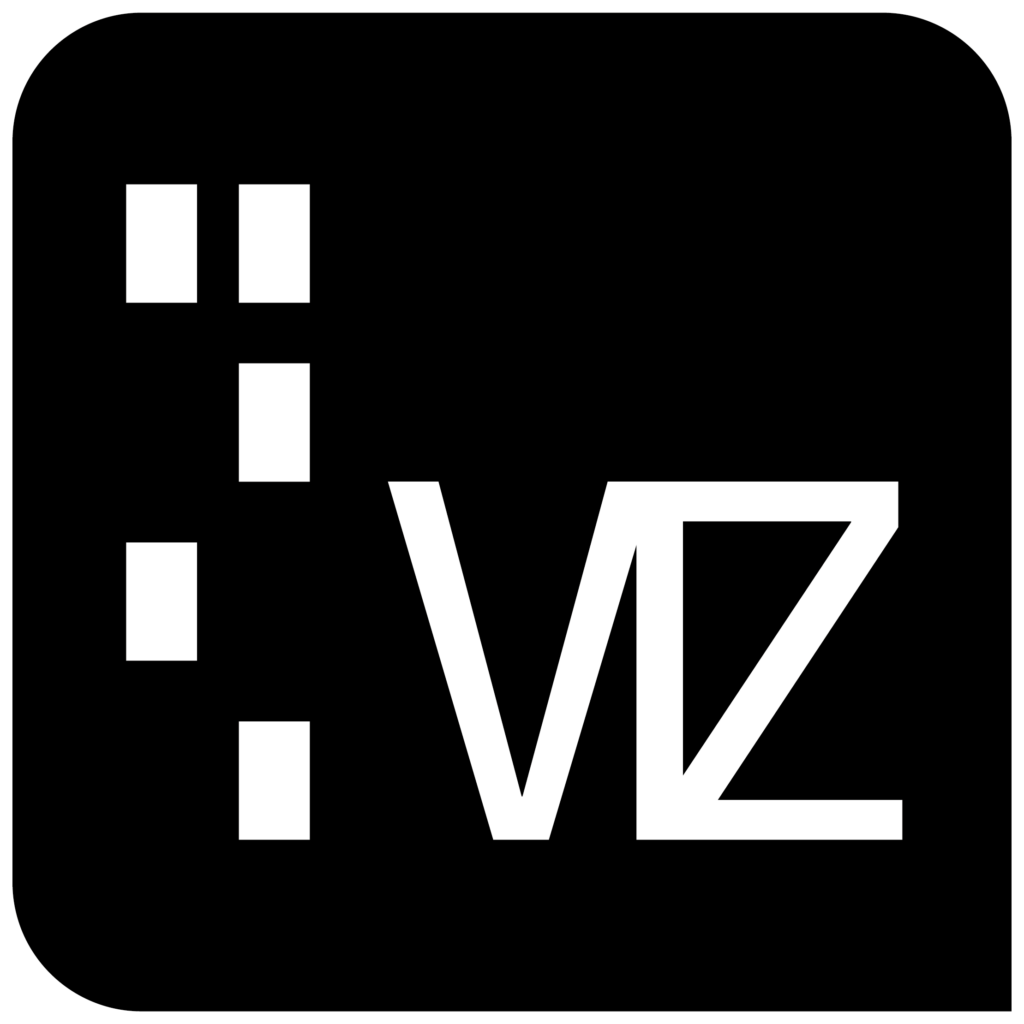In the digital grow older, the intersection of selection science and information technology (IT) has become an essential nexus for your evolution of information management, accessibility, and preservation. This raccord is not just reshaping the gardening of libraries and information clinics but is also redefining often the roles and skills data professionals. This article explores often the dynamic interface between stockpile science and IT, examining precisely how this integration is linking gaps between traditional library services and the demands of your digital world, and promoting innovative approaches to information stewardship.
The Digital Transformation about Libraries
The digital change for better of libraries extends more than the mere digitization involving materials. It encompasses the exact adoption of sophisticated THIS solutions to enhance cataloging, stroage, retrieval, and dissemination of data. Integrated Library Systems (ILS), Digital Asset Management (DAM) systems, and cloud-based solutions are now staples in modern day libraries, facilitating efficient operations of both physical and also digital collections. This modification necessitates a hybrid skills in library science also it, enabling professionals to manage diversified information resources effectively.
Part of Information Professionals
Today’s librarians and information scientists are no longer primarily custodians of books and physical media. They have improved into information technologists, facts analysts, and digital curators. Their role now involves running databases, implementing digital databases, optimizing search algorithms, plus ensuring the digital protection of library collections. That shift demands a robust expertise that includes programming languages, databases management, and understanding of online preservation techniques, alongside common library skills.
Data Operations and Curation
The hugh growth of digital data makes data management and curation a critical area of focus with the intersection of library scientific disciplines and IT. Information professionals are usually tasked with organizing, saving, and providing access to wide amounts of digital data. Including managing institutional repositories, curating digital collections, and guaranteeing the integrity and ease of access of research data. The principles of library science-such as classification, cataloging, and metadata creation-are applied within complex IT frameworks to manage info across its lifecycle.
Information and facts Access and Literacy
One of many fundamental goals of catalogue science is to facilitate use of information. In the digital situation, this goal extends to making sure equitable access to digital information, navigating copyright issues, together with protecting user privacy. Information professionals leverage IT in order to develop and manage digital the library, electronic resources, and web based learning platforms, making info accessible to a wider target audience. Additionally , they play a crucial role in promoting digital literacy, teaching users how to plot a route, evaluate, and use online information responsibly.
Digital Preservation and Archiving
The maintenance of digital content creates unique challenges, including technological obsolescence, data degradation, plus the need for format migration. Assortment science and IT converge add these challenges through online preservation and archiving approaches. Information professionals employ THE ITEM tools and methodologies, including emulation, format conversion, and even digital repositories, to ensure the long accessibility of digital written content. This work requires a rich understanding of both the technical components of digital preservation and the rules of archival science.
Invention and Collaboration
The intersection of library science and IT is a fertile ground with regard to innovation. Libraries are using emerging technologies such as man-made intelligence, machine learning, together with blockchain to enhance services, boost user experiences, and systemize processes. Collaborations between librarians, IT specialists, and other stakeholders are driving the development of clever libraries that offer personalized expert services, virtual reality experiences, along with augmented reality tours, redefining the way users interact with information and facts spaces.
Preparing the Next Generation info Professionals
Educational programs within library and information science are generally adapting to prepare graduates for that integrated landscape of collection science and IT. Curricula currently include courses on it, digital libraries, data research, and user experience style, reflecting the interdisciplinary characteristics of the field. Continuous specialized development and lifelong finding out are click here for info also emphasized, as lodging abreast of technological advancements is extremely important for information professionals in this immediately evolving environment.
Conclusion
The actual intersection of library scientific discipline and information technology represents a new dynamic and transformative frontier in the management, access, and preservation of information. As a digital technologies continue to advance, the combination of library science but it will surely only deepen, offering different opportunities and challenges for info professionals. Bridging the hole between these two disciplines features enabled the development of innovative offerings and strategies that enhance the value and accessibility of knowledge resources. It underscores the need for interdisciplinary expertise in navigating the complexities of the electronic digital information landscape, ensuring that your local library remain indispensable centers of data in the digital age. Through embracing this intersection, details professionals are not just addressing the changes brought about by digital technologies; they are actively shaping the future of information stewardship.
